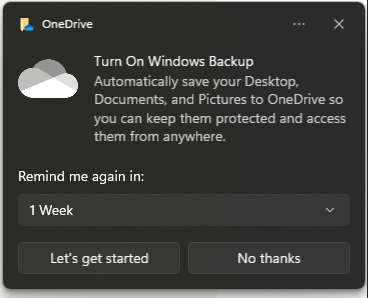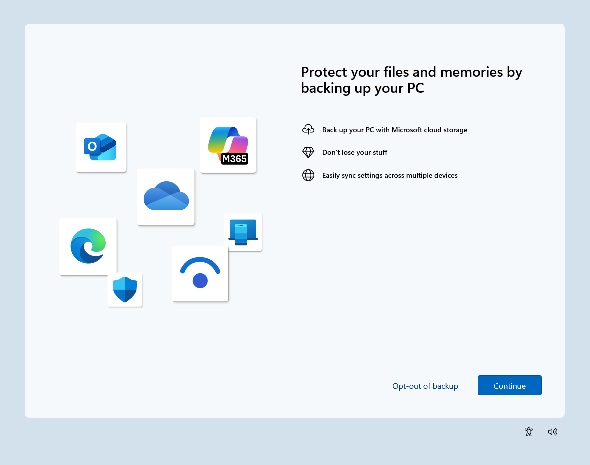Microsoft won't let you dismiss the upgrade notification
So support for Windows 10 has ended. Yes, millions of users are still on it. One of my main laptops runs Windows 10. I can't update to Windows 11 because of the hardware requirements. It's not that I don't have enough RAM, storage, or CPU power. The hardware limitation is specifically TPM 2.0.
What is TPM 2.0, you say? It stands for Trusted Platform Module. It's basically a security chip on the motherboard that enables some security features. It's good and all, but Windows says my laptop doesn't support it. Great! Now leave me alone.
Well, every time I turn on my computer, I get a reminder that I need to update to Windows 11. OK, at this point a Windows machine only belongs to you in name. Microsoft can run arbitrary code on it. They already ran the code to decide that my computer doesn't support Windows 11. So why do they keep bothering me?
Fine, I'm frustrated. That's why I'm complaining. I've accepted the fact that my powerful, yet 10-year-old laptop won't get the latest update. But if Microsoft's own systems have determined my hardware is incompatible, why are they harassing? I'll just have to dismiss this notification and call it a day.
But wait a minute. How do I dismiss it?

I cannot dismiss it. I can only be reminded later or... I have to learn more. If I click "remind me later," I'm basically telling Microsoft that I consent to being shown the same message again whenever they feel like it. If I click "learn more"? I'm taken to the Windows Store, where I'm shown ads for different laptops I can buy instead. Apparently, I'm also probably giving them consent to show me this ad the next time I log in.

It's one thing to be at the forefront of enshittification, but Microsoft is now actively hostile to its users. I've written about this passive-aggressive illusion of choice before. They are basically asking "Do you want to buy a new laptop?" And the options they are presenting are "Yes" and "OK."
This isn't a bug. This is intentional design. Microsoft has deliberately removed the ability to decline.
Dear Microsoft
Listen. You said my device doesn't support Windows 11. You're right. Now leave me alone. I have another device running Windows 11. It's festered with ads, and you're trying everything in your power to get me to create a Microsoft account.
I paid for that computer. I also paid for a pro version of the OS. I don't want OneDrive. I don't want to sign up with my Microsoft account. Whether I use my computer online or offline is none of your business. In fact, if you want me to create an account on your servers, you are first required to register your OS on my own website. The terms and conditions are simple. Every time you perform any network access, you have to send a copy of the payload and response back to my server. Either that, or you're in breach of my terms.
Notes:
By the way, the application showing this notification is called Reusable UX Interaction Manager sometimes. Other times it appears as Campaign Manager.





